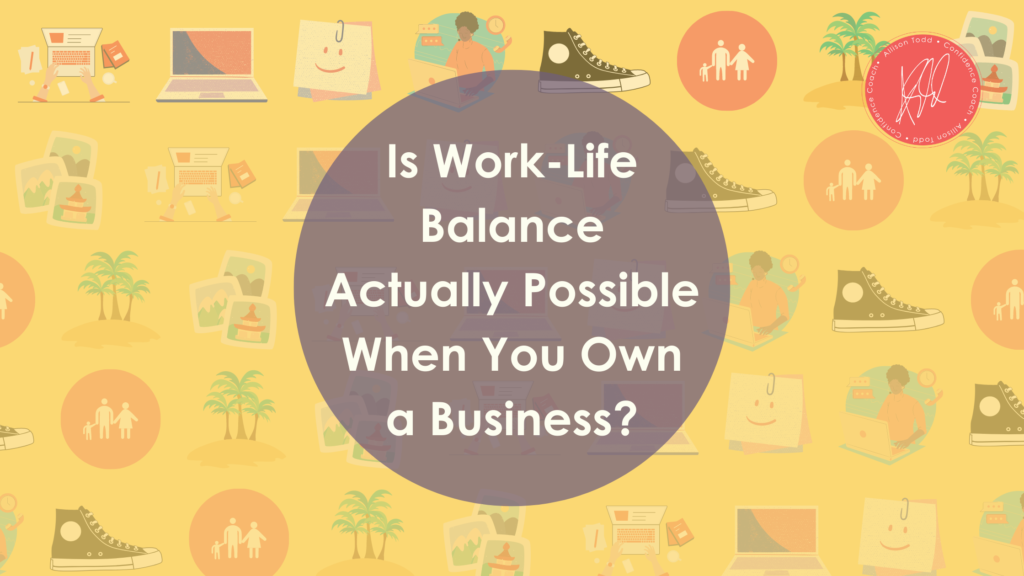Should You Hire Your Family? Let’s Settle the Debate
Hiring family. Some people swear by it, and build entire businesses upon it. For others, it’s an absolute no-no and a fast-track to drama and problems.
Whether your business is a startup or a large organization, there’s no doubt that the possibility of hiring family members will come up at some point. So, should you hire your family? The answer isn’t quite so simple.
Advantages and Disadvantages of Hiring Family
There can be many advantages to hiring family members. They’re less risky than strangers since you know them, and if you have a good relationship, it can make the day-to-day more fun and interesting. Family members are also more likely to be invested in your business’s success.
Hiring family comes with significant disadvantages as well, however. Family members can expect special allowances or privileges that a regular employee wouldn’t, and they may treat you the same in the workplace as they do at home. If you’re the boss, that could be a problem.
In addition, some people won’t work with family because issues at work could spill over at home, and vice versa, and may permanently impact the relationship. For example, think of how your next holiday gathering may go if you had to fire your nephew or aunt.
Is Family a Good Fit for Your Business?
As mentioned, there are a lot of advantages to hiring family. If you have family members who are a good fit for your company culture and genuinely good workers, hiring them may be the best thing you could do for your business.
Be sure to consider all the factors you’d consider with a regular candidate, however, such as qualifications, values, experience, stability, and skills. This isn’t a favor or an impulse – it’s a fit for both parties.
If you believe your family member is a good fit, that can be a huge asset for your business. Don’t just hire family to do someone a favor, or just for the sake of making it a “family business.” Someone not invested in the position or well suited for it won’t serve your business in the long run.
Another thing to consider is the potential impact hiring family can have on other employees. It’s vital that you treat family like any other employee to avoid any conflict. You may want to have a nepotism policy in place to protect you and your family member from any issues of favoritism.
Tips for Working with Family
If you do decide to bring family members into your business, you can keep the working and personal relationships strong and separated. Here are some tips:
Keep it professional.
- No matter how close you may be out of work, address each other professionally in the workplace.
Show respect.
- Family members should always show respect appropriate for their position at the company, even if the dynamic is different in the family. For example, your uncle may be a perceived authority figure in normal life, but if you’re his boss at work, he should treat you like a boss.
Keep work at work.
- One of the biggest challenges is keeping professional and personal lives separate when you work with family. Vow to keep work at work and home at home, so you can maintain your previous relationship dynamic outside of the office.
Looking for Business Support?
Navigating the ins and outs of business can be challenging. Whether you need help with hiring, growing and scaling, or other aspects of your business, a professional coach can help. Work with Allison Todd directly and set your business up for success!















